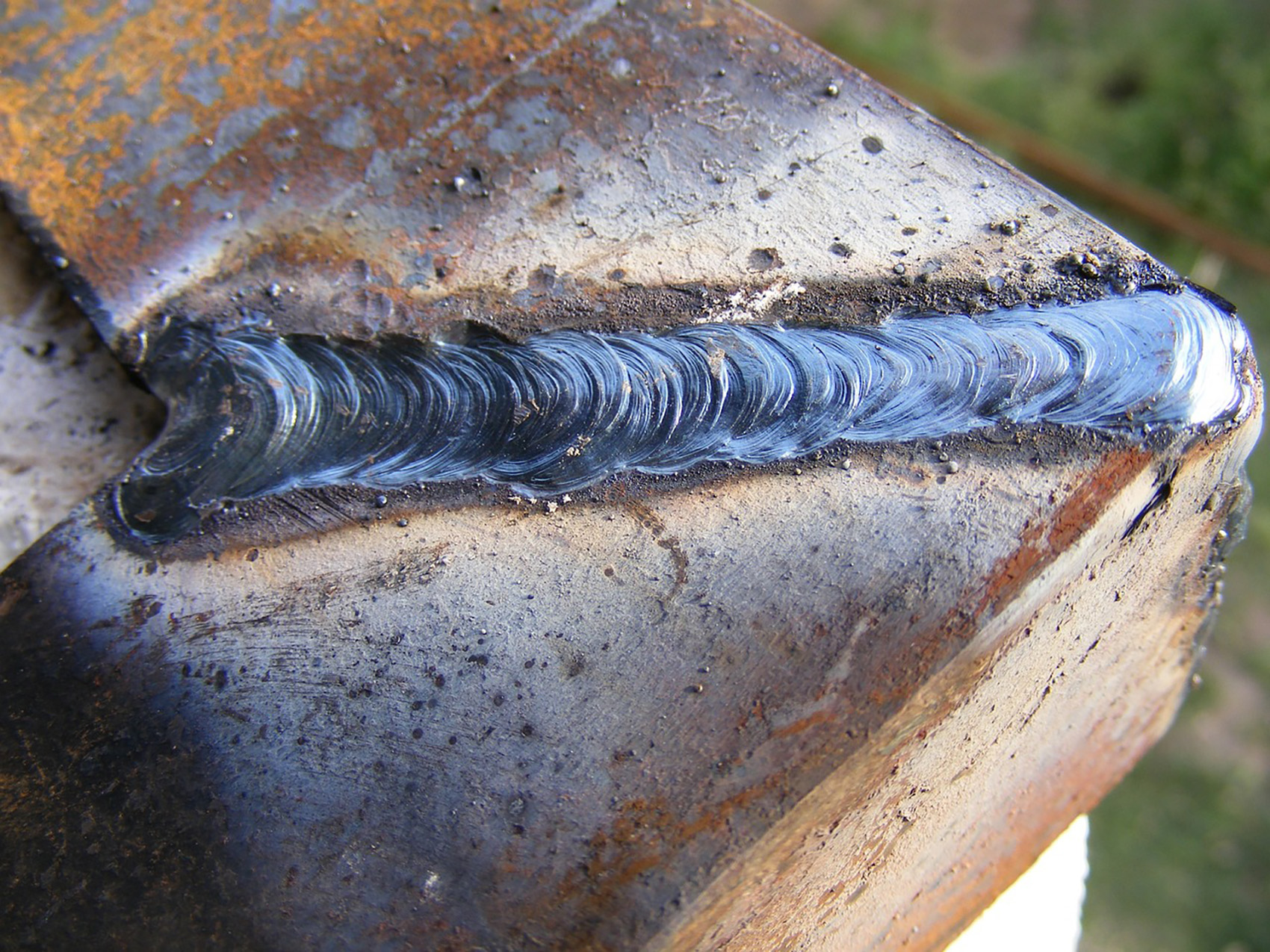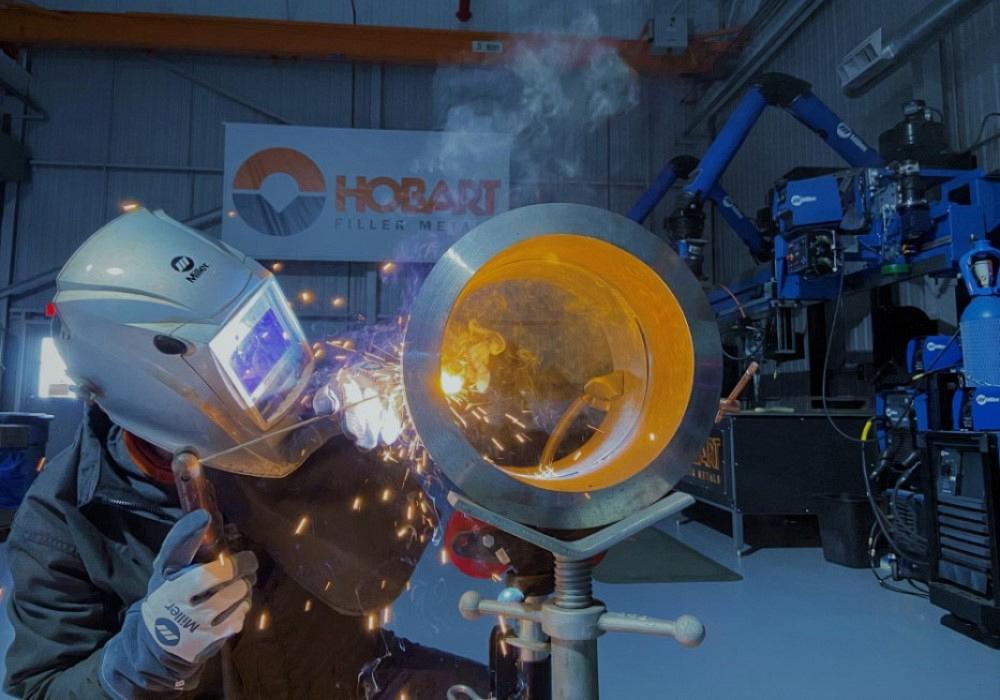Complete Guide to Preventing Weld Undercut: Tips and Techniques
Complete Guide to Preventing Weld Undercut: Tips and Techniques
Blog Article
A Comprehensive Overview to Identifying, Preventing, and Mending Undercut Welding Problems in Your Welding Projects
In the realm of welding, coming across undercut problems is a typical challenge that can compromise the structural honesty and general high quality of your welding tasks. Remain tuned as we explore the vital components of recognizing, stopping, and repairing undercut welding troubles, supplying you with beneficial understandings and methods to boost your welding skills to the following level.
Common Causes of Undercut Welding
Undercut welding, a common concern in welding processes, can be brought on by different elements that need to be meticulously recognized and resolved to make sure the integrity of the weld joint. One of the key causes of undercut welding is extreme warmth input. When the welding specifications, such as voltage, current, or take a trip rate, are not effectively set, a too much amount of warmth can be produced. This excess heat results in the melting and subsequent elimination of the base product along the edges of the weld joint, developing a groove referred to as undercut.
Another typical source of undercut welding is incorrect welding technique. Insufficient adjustment of the welding lantern or gun, wrong angle or range in between the torch and the work surface, or inconsistent travel rate can all contribute to the development of undercut. Additionally, utilizing the wrong welding consumables or electrode dimension for a specific joint arrangement can lead to undercut issues. Determining these source and carrying out rehabilitative actions is crucial in stopping and fixing undercut welding issues in welding projects.
Identifying Undercut in Welds

To determine undercut properly, correct lighting and magnification devices are important to inspect the weld joint extensively. Making use of devices such as a welding scale or a magnifying glass can assist in discovering also the smallest undercut imperfections. Furthermore, running a finger or a finger nail along the weld joint can occasionally expose undercut, as the surface might feel unequal or have a dip where the undercut exists.
Safety Nets for Undercut
Having a deep understanding of the sources of undercut in welds enables the application of effective safety nets to preserve weld top quality and integrity. One critical preventative action is proper weld joint preparation. Guaranteeing that the edges are clean, devoid of pollutants, and effectively beveled can significantly reduce the possibility of undercut (Preventing weld undercut). In addition, choosing the suitable welding specifications, such as voltage, current, and take a trip rate, is essential. These settings need to be optimized to stop too much warm input, which can lead to damage formation.

Methods for Taking Care Of Undercut

Enhancing the welding present or minimizing the traveling speed can help fill in the undercut. Furthermore, changing the welding strategy from a press to a drag or vice versa can likewise assist decrease undercut.
An additional strategy is to utilize a weaving motion while welding to guarantee appropriate sidewall blend and fill in the undercut. By oscillating the welding arc back and forth within the weld joint, the welder can deposit much more filler product right into the undercut locations, successfully eliminating the problem.
Additionally, grinding out the undercut and rewelding the joint can be a practical remedy for more serious undercut problems - Preventing weld undercut. This procedure involves eliminating the undercut section, preparing the base steel, and afterwards rewelding the joint with proper welding criteria and strategies to avoid undercut from persisting

Specialist Tips for Avoiding Undercut
Making use of correct welding methods and keeping control over essential find more welding specifications are vital strategies for welders aiming to stop undercut in their weld joints. One professional suggestion for avoiding undercut is to ensure correct joint preparation. This entails cleaning the base steel thoroughly to get rid of any kind of contaminants that can bring about undercut formation. In addition, picking the appropriate welding procedure and filler steel for the certain application can aid protect against undercut. Welders must additionally pay very close attention to the welding present and voltage settings, ensuring they are within the suggested array to stay clear of overheating and possible undercut. Preserving a consistent traveling rate throughout the welding procedure is an additional vital pointer to stop undercut. By moving at a consistent rate, welders can guarantee appropriate combination and minimize the probability of undercut formation. Last but not least, checking the weld bead after completion can assist identify any indicators of undercut very early on, enabling instant corrective activity to be taken.
Verdict
Finally, determining, avoiding, and dealing with undercut welding issues in your welding jobs is essential for guaranteeing strong and durable welds. Preventing weld undercut. By understanding the common root causes of undercut, having the ability to recognize it in welds, carrying read here out safety nets, and utilizing appropriate strategies for taking care of undercut, you can prevent prospective issues and create top quality welds. Complying with specialist pointers for avoiding undercut can aid you boost your welding abilities and i thought about this generate better results in your projects
Undercut welding, an usual concern in welding processes, can be triggered by different variables that require to be carefully identified and dealt with to ensure the stability of the weld joint. Furthermore, running a finger or a fingernail along the weld joint can occasionally expose undercut, as the surface area may really feel irregular or have a dip where the undercut exists.
Utilizing appropriate welding strategies and preserving control over essential welding parameters are critical techniques for welders intending to stop undercut in their weld joints.In final thought, identifying, protecting against, and repairing undercut welding problems in your welding tasks is essential for ensuring durable and strong welds. By recognizing the usual causes of undercut, being able to recognize it in welds, implementing precautionary measures, and using proper methods for taking care of undercut, you can avoid possible issues and develop top notch welds.
Report this page